Two-million-year-old bones show human links
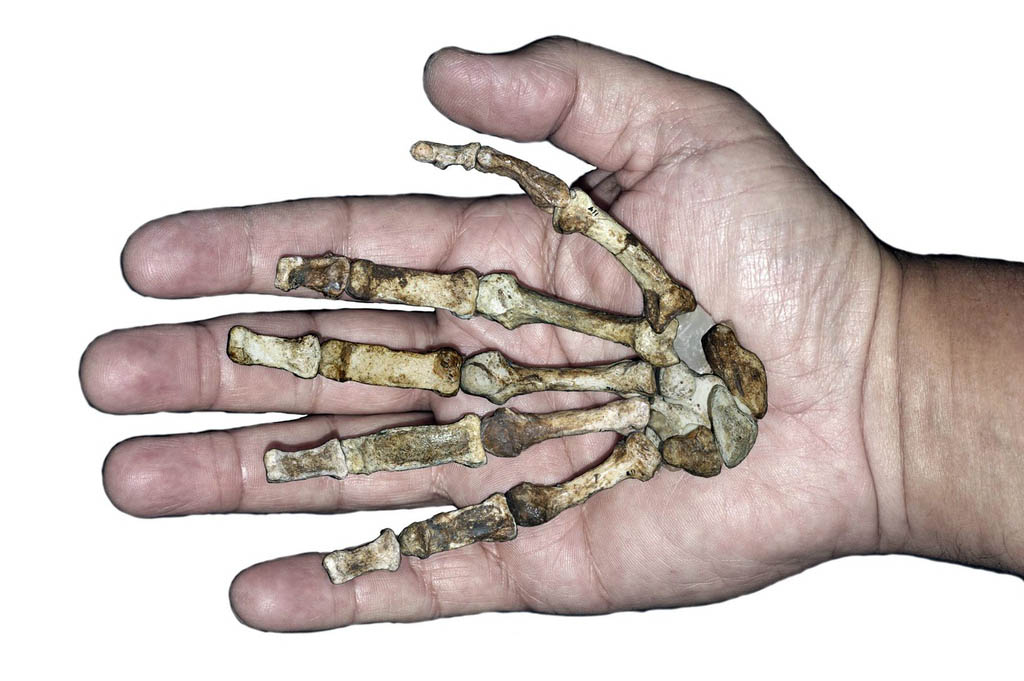
Skeletons discovered in a sunken cave in South Africa may change our views on the origins of humans, a leading palaeoanthropologist tells swissinfo.ch.
Peter Schmid from Zurich University’s anthropology department led the first excavation team to work on the site in Malapa, north of Johannesburg.
Schmid said the well-preserved set of fossils shows a part-human, part-ape species – named Australopithecus sebida – which had hands similar to humans, sophisticated ankles that helped in movement and a surprisingly tiny but advanced brain.
The results, published in the journal Science this week, are based on a detailed analysis of two of five individuals found in 2008: a male aged between ten and 13 and a female in her 20s.
If these skeletons, which have been dated at 1.98 million years old, are indeed our direct ancestors, we would be roughly 80,000 generations apart.
swissinfo.ch: You’ve now had three years to examine the bones – what have you discovered?
Peter Schmid: What we found in these skeletons is rather amazing because we have a mixture of characters.
The arms are very long and the shoulder girdle is very apelike, so we think they were still adapted to climbing. But when we look at the hand – this was a big surprise – it is very humanlike with a very long and strong thumb. This was always considered an adaptation to manipulation and fabrication of stone tools. We’re missing an apelike structure with long fingers and short thumb.
Then when we look at the pelvis, compared with older forms such as Lucy [see box] this pelvis is more humanlike: the blades of the pelvis are turned in the direction of the [stomach]. This was an adaptation which was seen in Homo, whose members can run long distances.
This running and also the perfect bipedal gait of humans is linked to this change in the pelvic form, because at this blade of the pelvis we have muscles that go down to the femur [thigh bone] which stabilise our pelvis when we’re walking. That’s why humans are the only mammals that can play football – because we can stand on one leg and swing the other leg. A chimpanzee can’t do that. This is related to the special pelvic form which we don’t find in the old australopithecines like Lucy.
swissinfo.ch: So we could be dealing with the world’s first footballer?
P.S.: Well, it’s a strange thing because the pelvis is very humanlike but when we look at the foot, the main joint is rather humanlike but the calcaneus [heel bone], which is attached to the Achilles tendon, is very apelike. So we have a mixture of things which weren’t known before.
And then there’s the skull which has a very, very small brain but very humanlike teeth. These mixtures led us to propose that this form is really a stage leading from the primitive australopithecines to Homo.
swissinfo.ch: Is Australopithecus sediba our direct common ancestor or just a distant cousin?
P.S.: Because we have this mixture we consider it a precursor to human. The other possibility is it could be a distant cousin, but the problem is in this distant cousin we see characters which are very modern.
swissinfo.ch: How significant is this find?
P.S.: It’s very significant because we have the relationship between skull and postcranium [everything else] in one single individual. These skeletons are more complete than anything else found in this time period.
If you take Lucy, we don’t have a complete skull, but here we have one, so we can say something about proportions. We have a complete arm, which has never been found before. Until now we’ve never found this combination until Homo erectus.
swissinfo.ch: Is there a Holy Grail or is it just a question of filling in the pieces of a massive jigsaw?
P.S.: Tim White [the US anthropologist who worked on Lucy] said in 2000 that all the main pieces of human evolution had been found and we’d never make any more important finds, but sediba shows that there are more important finds – whatever we make of it, it’s something new. And if you look at Africa – where all these finds come from – there are a few isolated points where we find these fossils. But I still think there’s more to find. We cannot say we know everything!
swissinfo.ch: What happened to these two unfortunate individuals?
P.S.: The South African finds are always in caves, and almost always the fragments we find are the remains of meals of carnivores. So it’s very rare that we find ribs and vertebrae and so on because they get eaten.
But here we’re dealing with complete skeletons. Apparently they fell into a hole and couldn’t get out or died when they fell, so they were preserved. And in addition we have the complete skeleton of a sabre-toothed cat which it seems also fell with them, so it must be a sort of a trap.
swissinfo.ch: That’s a nasty way to go – ending up in a hole with an angry sabre-toothed cat. Can the public see the skeletons? Are they on display?
P.S.: Zurich is the only place in the world where you can see the casts. We currently have an exhibit based on the material we published last year. The originals are in a safe in South Africa.
Humans – Homo sapiens – are the only living species in the Homo genus of bipedal primates in Hominidae, the great ape family (which also includes chimpanzees, bonobos, gorillas and orangutans).
Anatomically modern humans originated in Africa about 200,000 years ago, reaching full behavioral modernity around 50,000 years ago.
The hominid classified as Australopithecine includes Australopithecus africanus, Australopithecus afarensis and Australopithecus garhi.
Australopithecus sebida is thought to be a direct descendant of Australopithecus africanus – the 40% complete skeleton of such a specimen, called Lucy, was found in Ethiopia in 1974.
It is thought that the Australopithecine genus developed into the Homo genus around two million years ago.
Australopithecus sebida has a head capacity of 420 cubic centimetres, smaller than africanus and with different facial features that are closer to the Homo genus.
The lower arms are long and ape-like while the finger bones are curved and have large points to attach muscle fibres, making them perfect for climbing.
The legs and feet are also adapted to climbing, but are also equipped to allow Australopithecus sebida to stand on two legs.
Subtle differences to the skeletal structure also hint that Australopithecus sebida could move around in a style more similar to the Homo genus than Australopithecus africanus.

In compliance with the JTI standards
More: SWI swissinfo.ch certified by the Journalism Trust Initiative

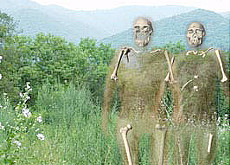
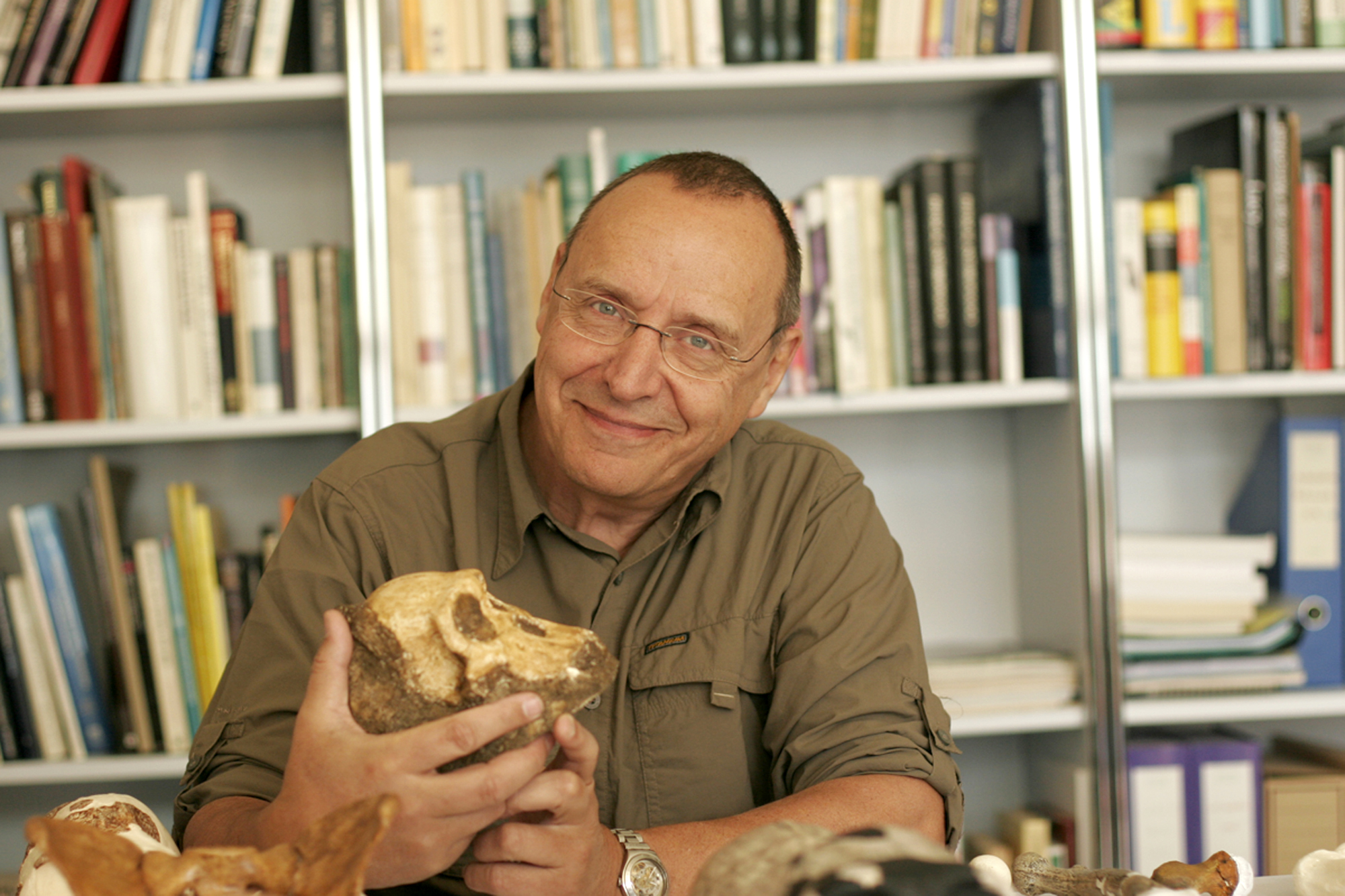
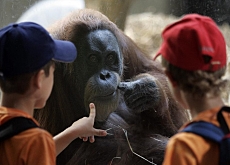
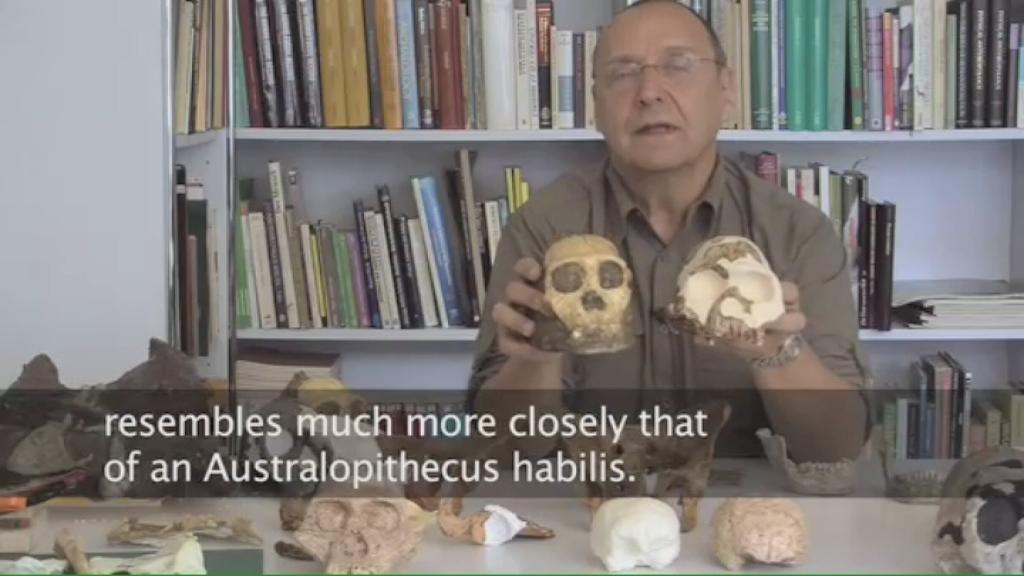
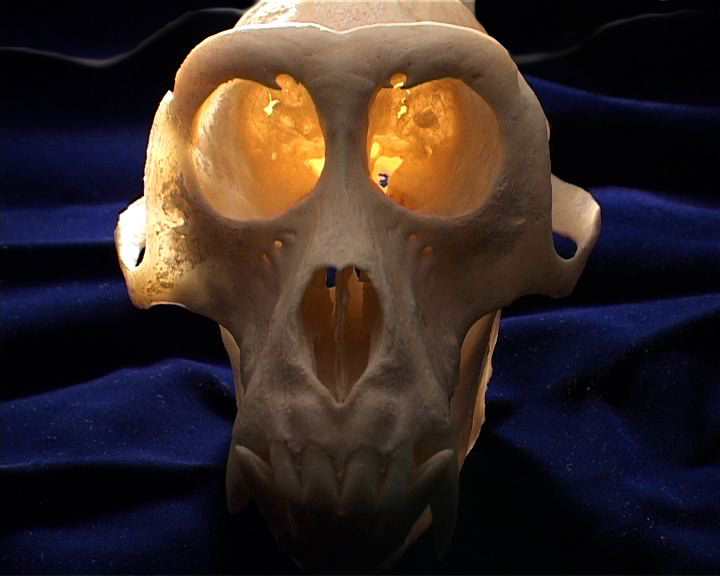
You can find an overview of ongoing debates with our journalists here. Please join us!
If you want to start a conversation about a topic raised in this article or want to report factual errors, email us at english@swissinfo.ch.